A new report has found the UK government’s carbon capture, utilisation and storage (CCUS) strategy is based on “outdated and unrealistic” assumptions.
Analysis from financial think tank Carbon Tracker found the strategy, released in December last year, risks locking consumers into a “high-cost, fossil-based future”.
The ‘‘CCUS Vision’ sets out how the UK will transition the sector from early state-supported projects towards a competitive market from 2035.
Based on recommendations from the independent Climate Change Committee’s Sixth Carbon Budget, released in 2020, the strategy includes £20 billion in support for the CCUS sector.
However, the Carbon Tracker report found that since 2020 cost estimates for deploying CCUS have more than doubled.
Meanwhile the need for carbon capture could be “much smaller” than initial estimates due to the growth of renewables, battery storage and flexible technologies.
As a result, the report recommended the UK government revise its CCUS targets “based on more updated and realistic assumptions”.
Capture vs transport and storage
The Carbon Tracker report focused its analysis on the “capture” side of the CCUS sector, where the government is adopting a market-based approach, in contrast to the transport and storage infrastructure which will be developed as a regulated sector.
However, the report states this “does not mean that the downstream sector
should not be an area of concern for policymakers”.
Current UK CCUS clusters, including the HyNet and East Coast Clusters, are designed to transport compressed CO2 captured from industrial facilities to offshore underground storage deposits via pipelines.
While the pipeline option is technologically mature and relatively low cost, the report found some applications might require transportation options such as shipping, which could dramatically increase costs.
The report also highlighted the risks and uncertainties surrounding offshore CO2 storage, pointing to the Equinor-operated Sleipner and Snøhvit CCS projects.
In the case of Snøhvit, the initial deposit was expected to have a storage capacity that would last 18 years. However, the deposit was filled in just three years and CO2
injection was moved to an adjacent deposit.
Alongside geological uncertainties, the report also pointed to long lead times of around 10 years for development of offshore CCUS sites, highlighting the need for ensuring back-up options are developed in parallel to increase resiliency.
Despite the challenges, Equinor is powering ahead with its even larger North Lights CCS project, though concerns remain over its cost.
Focus on cement and carbon market
When it comes to carbon capture projects, Carbon Track found the government should also prioritise deployment in the cement sector instead of projects focused on steelmaking, biomass power plants, and blue hydrogen.
Carbon Tracker associate analyst and report author Lorenzo Sani said the targets outlined in the government’s CCUS strategy need to be revisited.
“CCUS technology has proven to be much more complex and expensive than thought, while renewables cost reductions have dramatically changed the landscape,” Mr Sani said.
“While the government is playing an important role in de-risking new projects it urgently needs to revisit its targets and focus its resources on high-value applications such as cement and hydrogen.”
The research also recommended changes to the UK’s carbon market to make the CCUS sector more profitable.
It found most CCUS applications require a stable carbon price of at least £100 per tonne to be competitive with unabated technologies.
The UK Emissions Trading Scheme, which decoupled from the European market following Brexit, fell to a record low of £31 per tonne in February.
“Fixing the UK’s carbon market – either by establishing a rising price floor or, preferably, linking it back to the EU scheme – is the single most important action needed to deliver the government’s vision of a self-sustaining and competitive CCUS sector”, Mr Sani said.
CCUS underperformance
Analysing the CCUS projects currently in operation, the Carbon Tracker report found a “consistent trend of overpromising and under-delivering”.
“Projects are often delivered late and over budget, while the promised high levels of carbon capture rates are regularly not realised,” the report states.
“Most projects require tailored engineering and bespoke infrastructure while being characterised by low modularity and scale.”
Many CCUS projects spearheaded by the oil and gas sector, including Chevron’s Gorgon CCS project in Australia, have struggled to meet targets.
The technological challenges have led to calls for oil and gas companies to let go of the “illusion” of carbon capture, particularly for projects which enable further fossil fuel extraction.
In addition, the report found most independent observers are scaling down their expectations of the extent CCUS will contribute to net zero targets.
In the past two years, the International Energy Agency (IEA) reduced the expected role of CCUS by 2030 in its net zero scenario by one third.
However, the IEA’s Net Zero by 2050 Scenario still expects CCUS to contribute to 8% of total emissions reductions, playing an important role in abating industrial emissions.
But the current pipeline of CCUS projects falls far short of what the IEA says is required to keep 1.5 degree warming targets within reach.
According to the IEA, CCUS capacity should reach 1,000Mton per annum by 2030 and scale to 6,000Mton by 2050.
But even if all of the announced CCUS projects in the world were built by 2030, the Carbon Tracker report found global capacity would still struggle to reach 400Mton.
Cement a ‘unique opportunity’ for CCUS
According to the report, CCUS offers a “unique opportunity” to decarbonise the British cement industry, which has “no other alternative” for cutting carbon emissions.
For the majority of manufacturing industries, emissions typically occur when a fuel is burned for heat.
However, for cement and lime production CO2 is released from the processing of raw materials, meaning the majority of emissions in the sector can’t be solved by fuel switching.
The report recommended the UK government develop a plan for deploying CCUS in the cement industry that focuses on industrial clusters.
This model already being pursued by a group of cement manufacturers known as the Peak Cluster and Spirit Energy’s Morecambe Net Zero project, one of several projects to receive an offshore carbon storage licence from the North Sea Transition Authority (NSTA) last year.
Meanwhile, the report recommended abandoning the use of CCUS in the iron and steel sector because better alternatives are available, including green steel made using hydrogen and electric arc furnaces.
CCUS and hydrogen
The report found potential for successful deployment of CCUS in the hydrogen sector, but warned of the risk of stranded assets if future hydrogen demand fails to meet current projections.
CCUS-enabled ‘blue hydrogen’ could play an initial role to displace existing demand for unabated ‘grey hydrogen’, the report found, as well as satisfying emerging demand for hydrogen fuel in the power sector and heavy industry.
However, the report found ‘green hydrogen’ produced using renewable electricity could become more competitive than blue hydrogen by the early 2030s.
With the outlook for the hydrogen market “extremely uncertain”, the report recommended leveraging industry experience to decarbonise existing demand for grey hydrogen.
Targeted approach
For the power sector, the report found that while bioenergy with carbon capture and storage (BECCS) is a “critical step” for the UK to reach its carbon removal target of 5Mton by 2030, its success is based on the transformation of the Drax power station in Yorkshire.
Delivery of the Drax project would require a complex and expensive subsidy scheme and rely on unproven CCUS technology at that scale, the report found.
It recommended focusing on the delivery of smaller-scale projects to demonstrate the CCUS technology while minimising delivery and stranded asset risk.
Meanwhile, while gas-fired power plants with CCUS could play an important role in providing long-duration and flexible power during periods of low renewable generation, the report found there is a risk of competition from more “future-proof” hydrogen-fired plants.
The report also found a potential role for CCUS in abating emissions from energy-from-waste plants and recommended continued research into greenhouse gas removals using direct air capture technology.
Overall, the Carbon Tracker analysis recommended the UK government scale back its CCUS targets and adopt a more targeted strategy focused on the sectors where it is needed most.
The report also “strongly” recommended the government reform the UK carbon market, preferably by linking it back to its EU counterpart.
“In our view, a strong and stable carbon price is the single most important action needed to deliver the objective detailed in the UK’s CCUS vision of creating a self-sustaining and competitive CCUS sector,” the report states.
Recommended for you




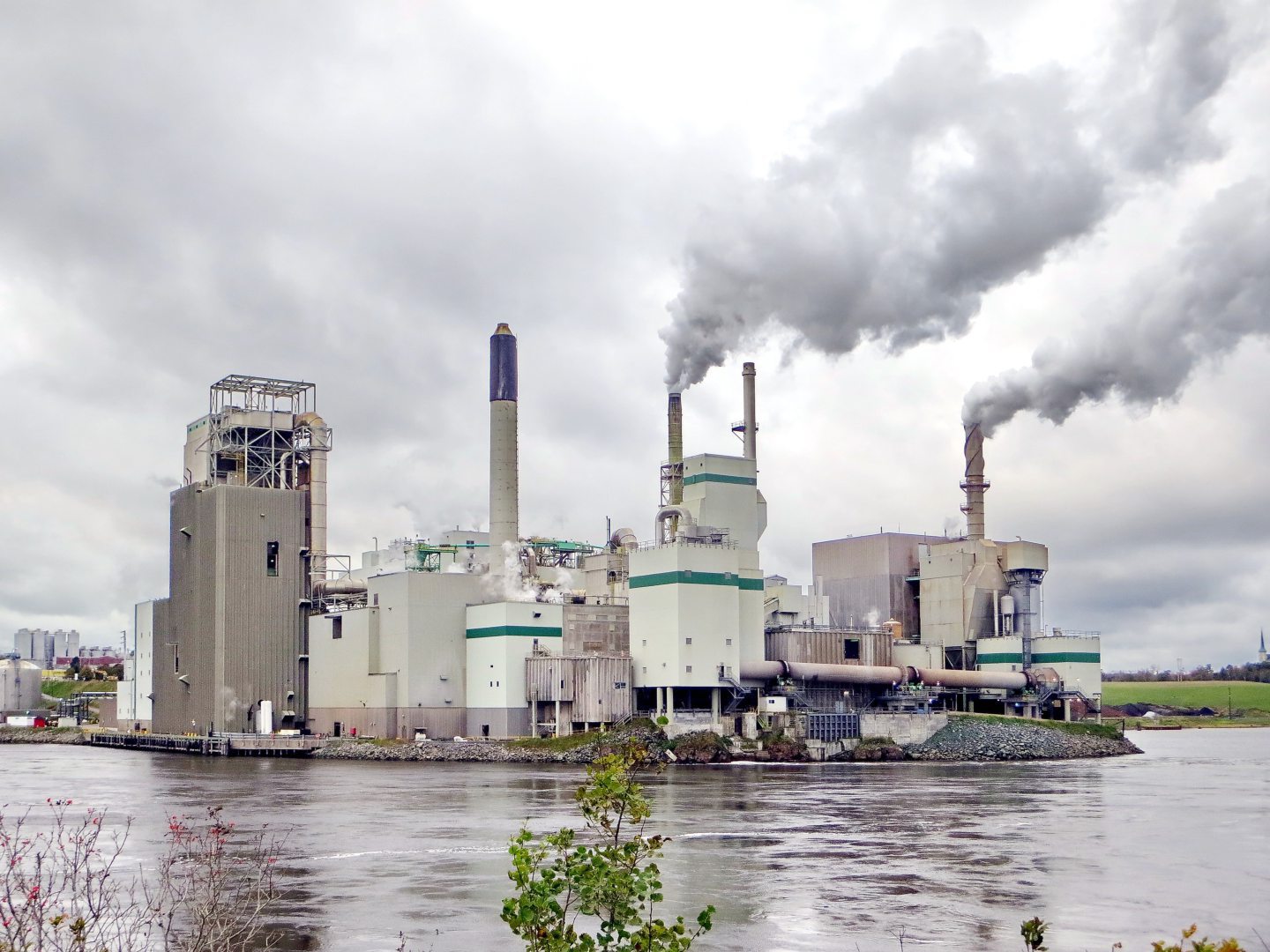 © Supplied by Storegga
© Supplied by Storegga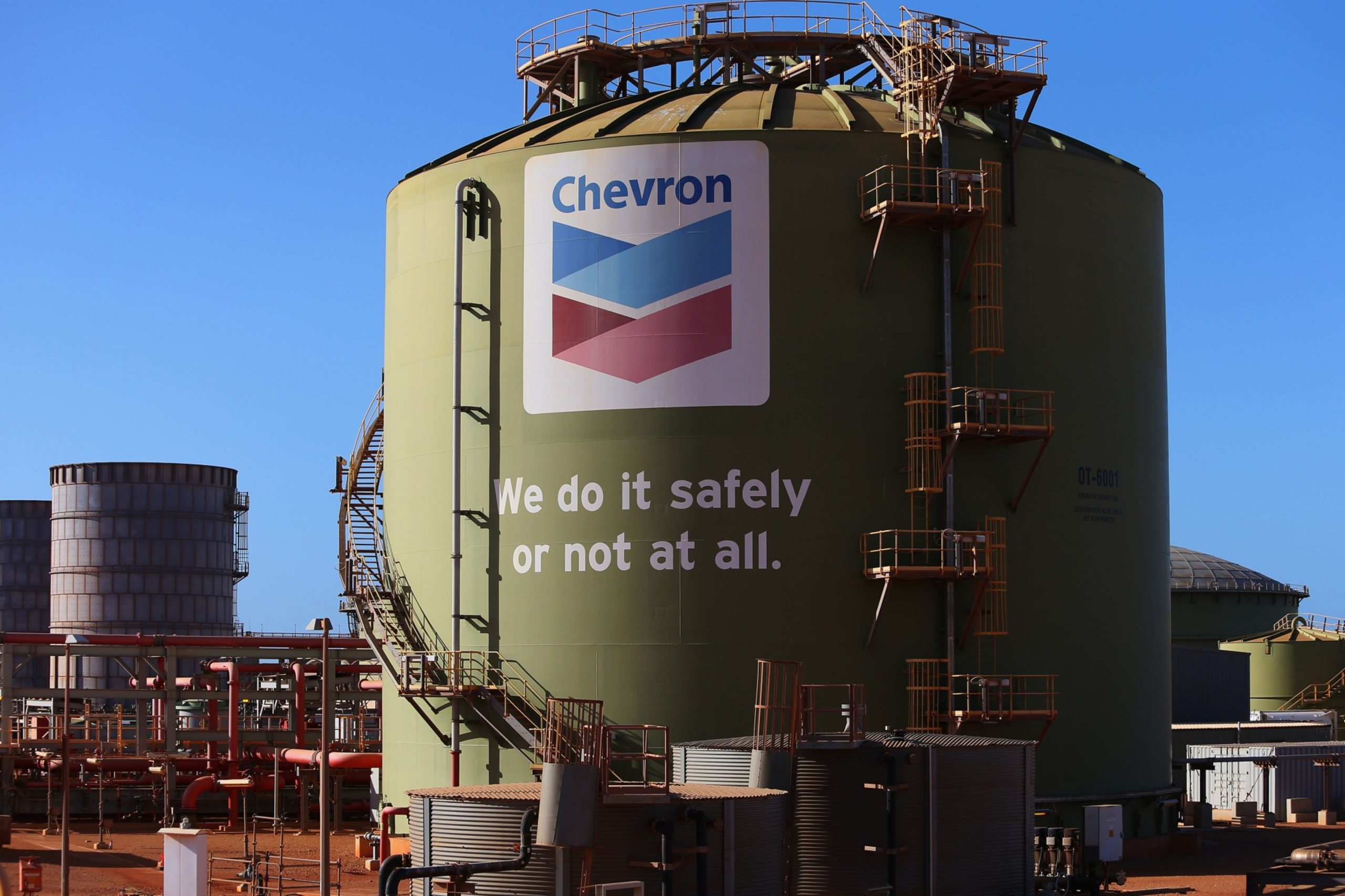 © Bloomberg
© Bloomberg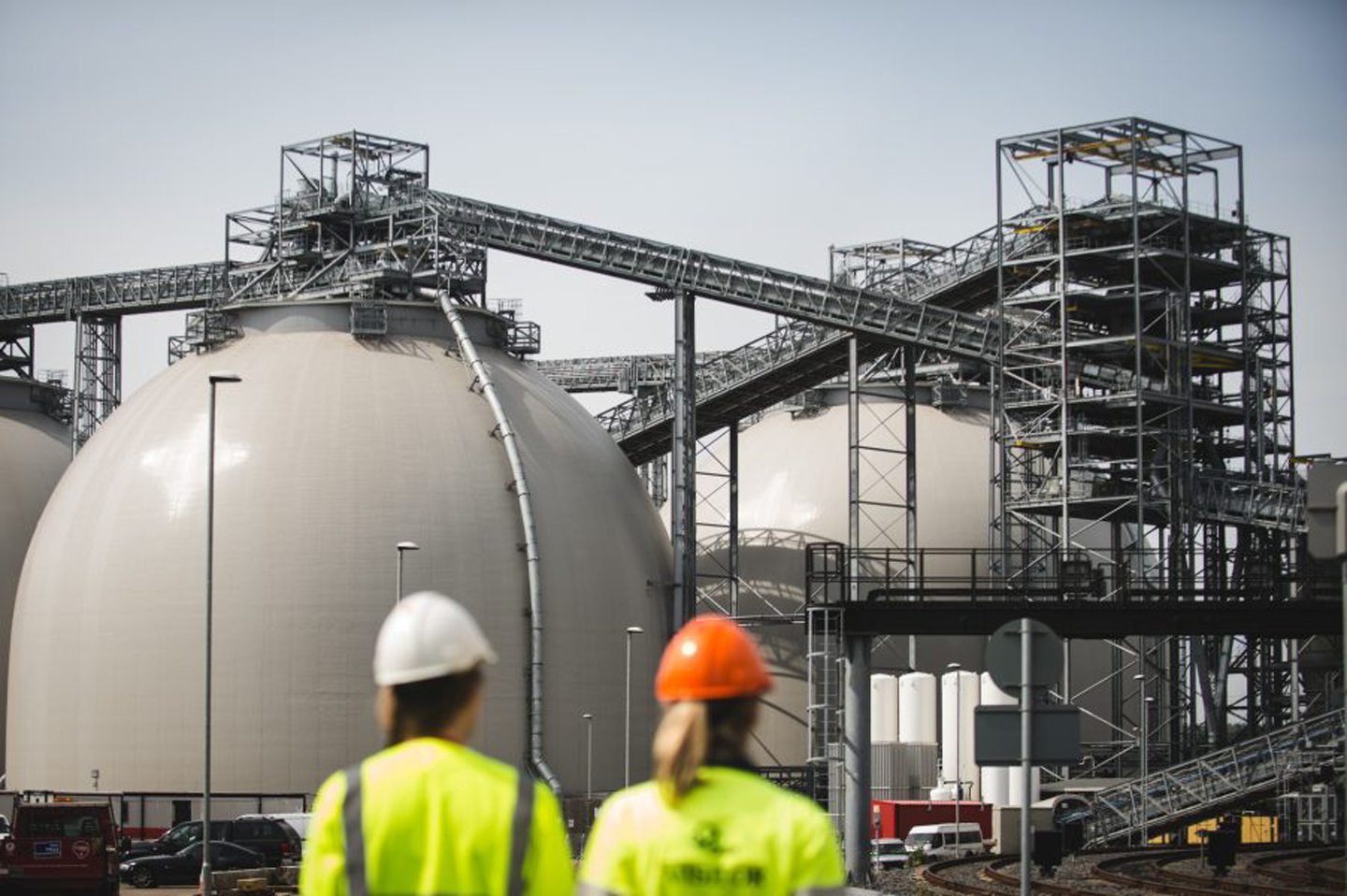 © Supplied by Drax
© Supplied by Drax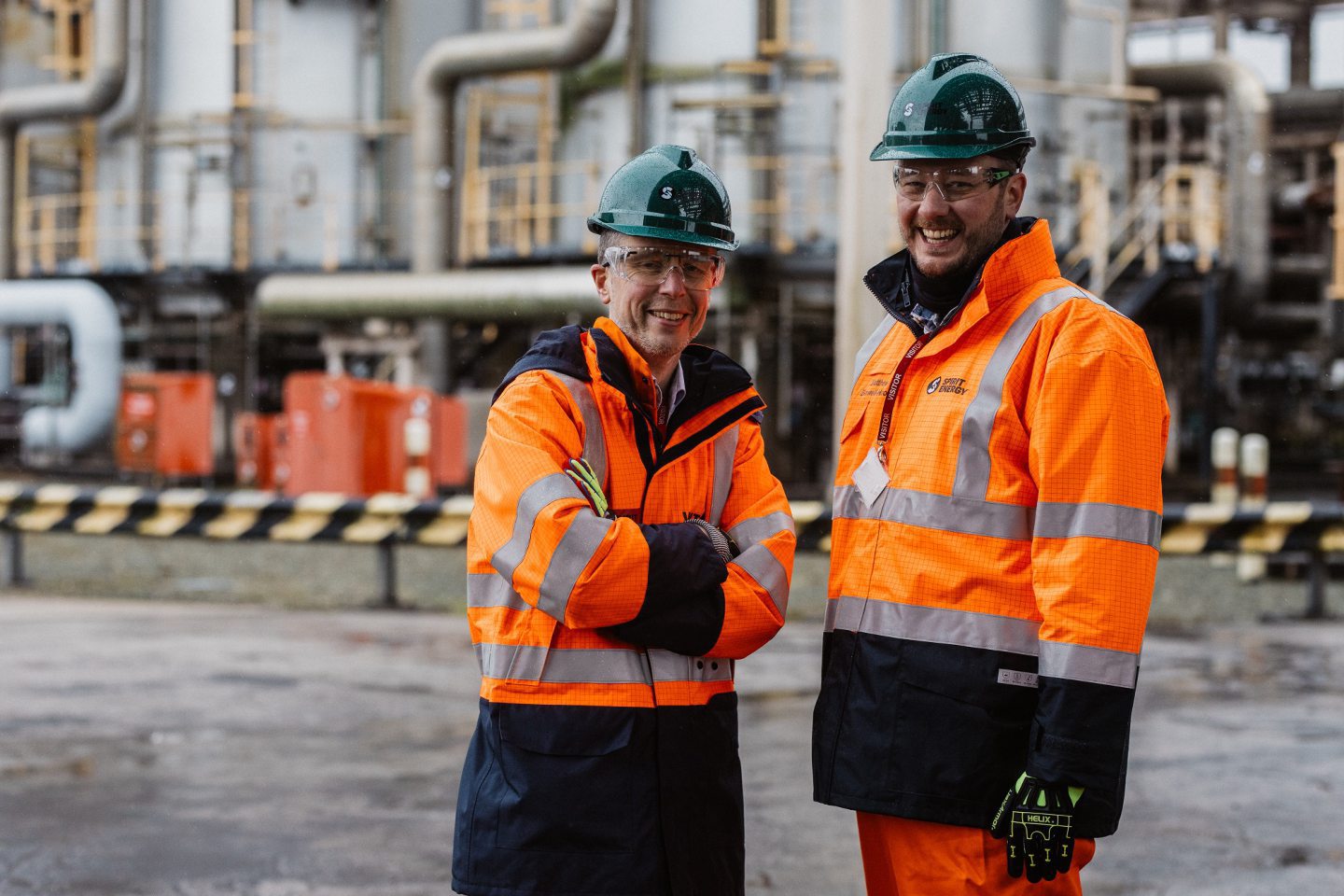 © Supplied by Spirit Energy
© Supplied by Spirit Energy © Supplied by NSTA
© Supplied by NSTA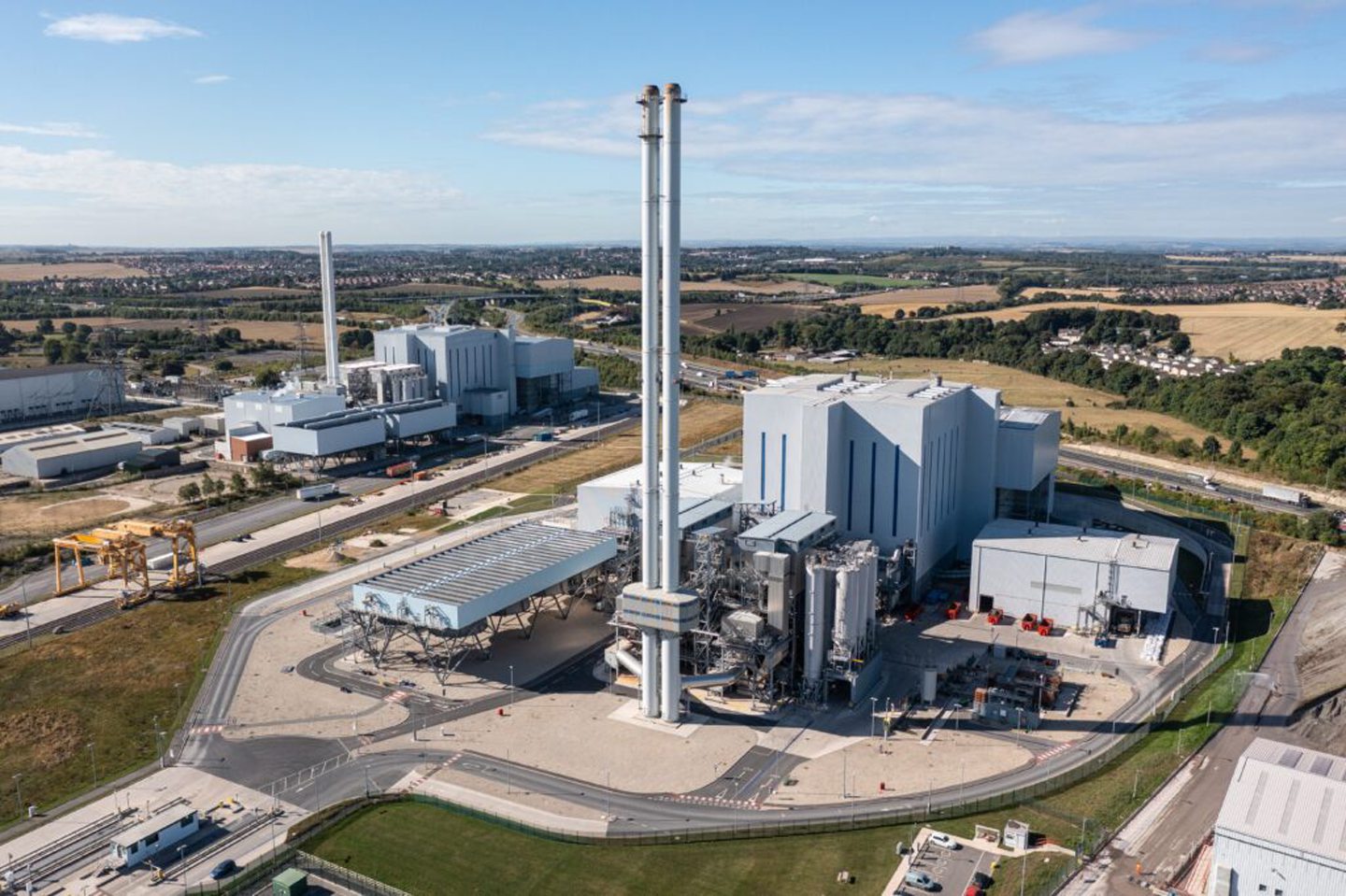 © Supplied by Enfinium
© Supplied by Enfinium






